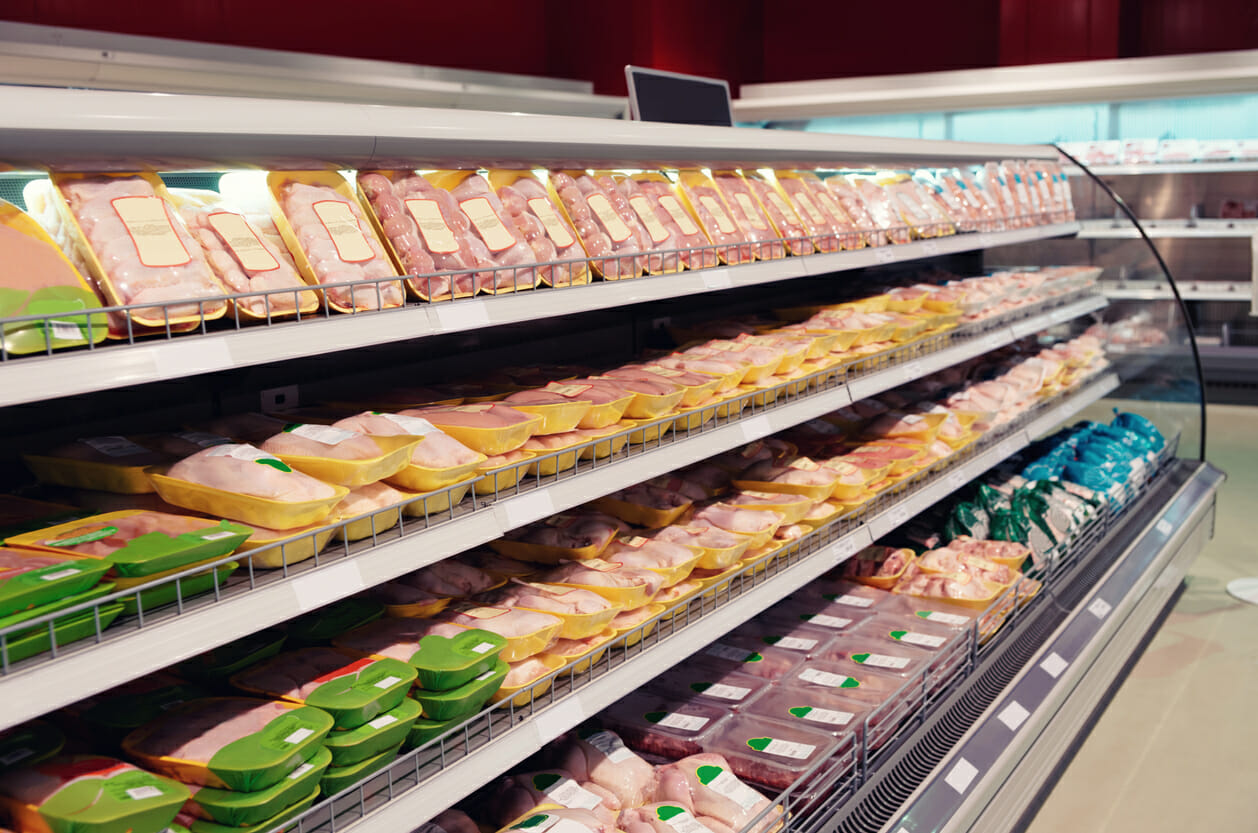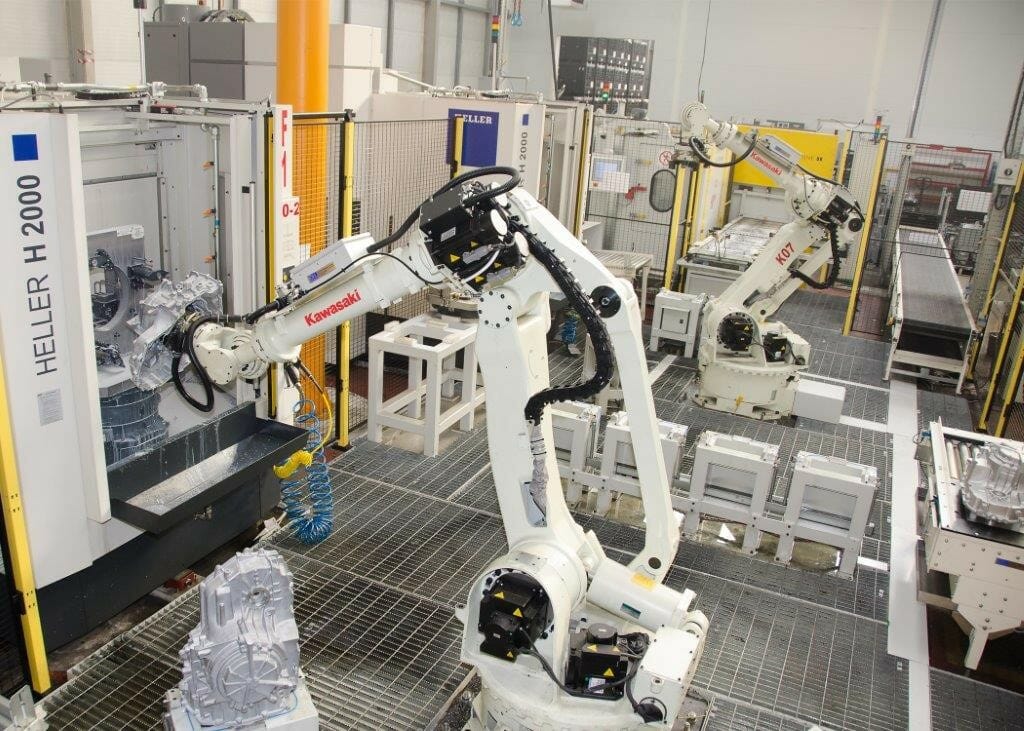With the demand for a reduction in food waste increasing, major retailers are now taking steps to improve their supply chain and help reduce food wastage with one initiative being the use of data embedded barcodes on some of their shorter shelf life products.
So how can a barcode help in the drive to reduce food waste? Currently in the distribution chain before delivery to store, the barcoded information already on the pallets, cases and trays provides visibility and accurate knowledge about where products are, and what shelf life they possess. However, once they are in store the retailer loses that visibility.
A new type of barcode (the Data Embedded Barcode or DEB) has been introduced which is printed onto the item of sale. In addition to identifying the product, as the existing barcode does, it also contains the expiry date and possibly batch identification data. By scanning this barcode in store when stocking the shelf as well as at the checkout, the retailer acquires real time information about what stock is on the shelf and how much life it has left.
Intelligent use of this information creates the opportunity to make better decisions to reduce food waste, including
- Smarter rotation of stock in store, ensuring shortest life product is sold first
- Smarter management of price reductions to sell expiring product efficiently
- Prevention of out of date product being sold at the checkout
- Smarter forecasting of demand to drive more efficient ordering to re-stock the store, taking into account the life left on the existing stock
Along with the benefits, there are a number of challenges associated with the use of data embedded barcodes. Because they have to be read by point of sale scanners at check-outs, a high quality of print is imperative to ensure every product is successfully scanned first time; “no reads” would be unacceptable, both to retailers and customers. At the time of writing, the only coding technologies capable of printing data embedded barcodes at a high enough quality are laser, thermal inkjet and thermal transfer printers. In-line scanning on the production line to validate every pack can be scanned is a key requirement of this initiative and a core part of the AutoCoding solution.
Scanning of the larger codes poses no problem for the AutoCoding solution. All products can be scanned in the same way using an inline barcode scanner, with all the information held in the DEB checked on a per product basis against the details in the AutoCoding database. If any details are incorrect or missing, the packaging line will be stopped ensuring problems can be rectified prior to product leaving the factory.







